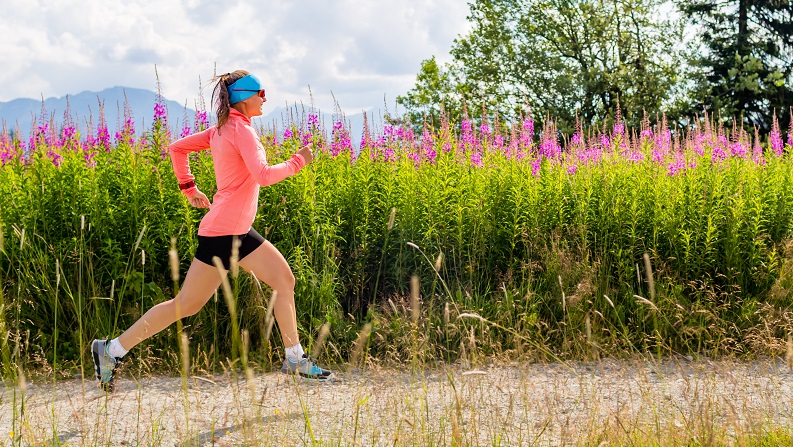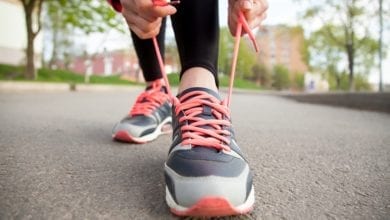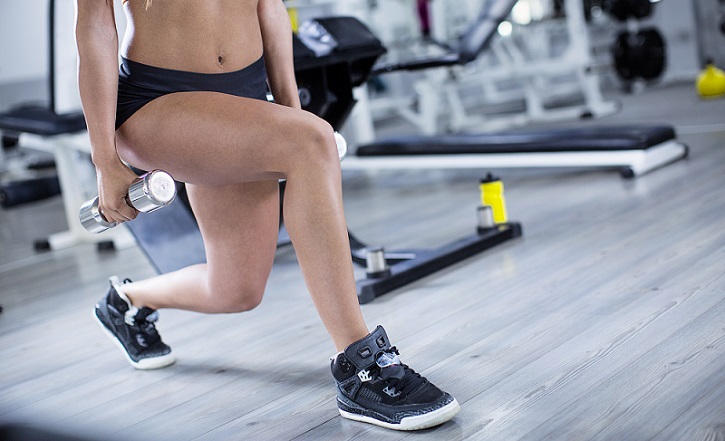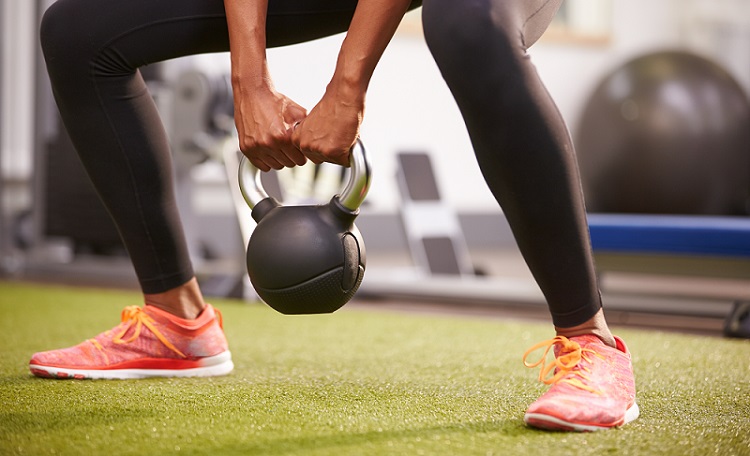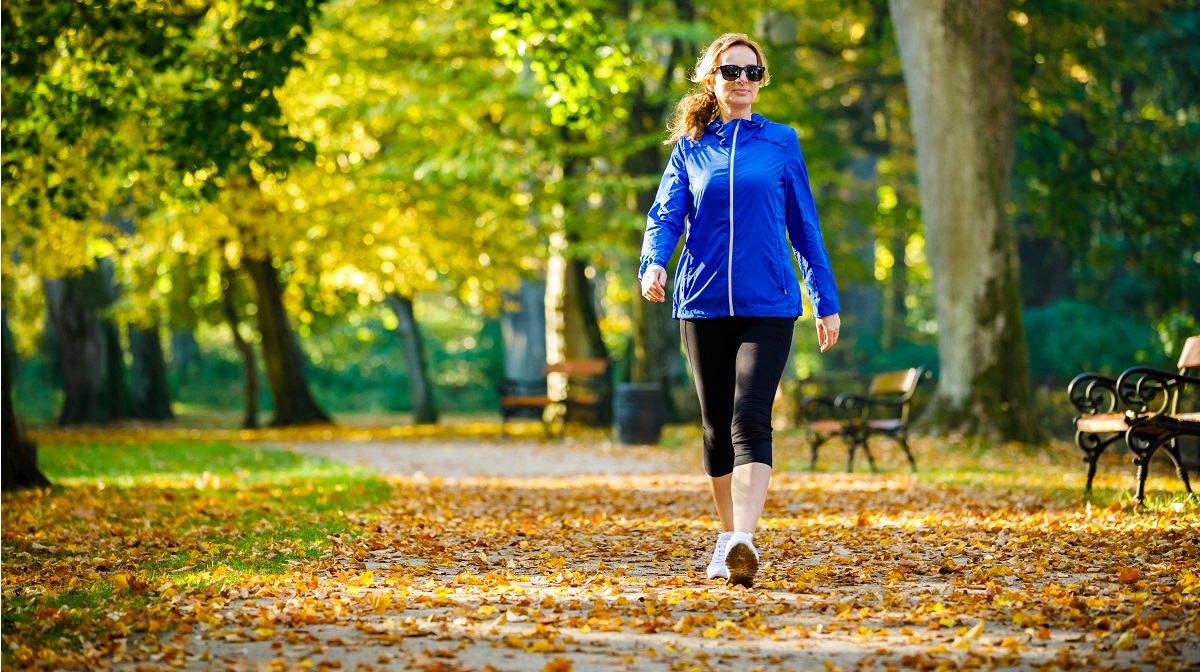
Our Editors independently research, test, and rate what we feel are the best products. We use affiliate links and may receive a small commission on purchases.
While walking may be a low impact form of exercise, the shoes you wear while doing so definitely shouldn’t be taken lightly. The wrong walking shoes over time can help develop muscular imbalances, twinged joints, blisters, and more.
We all have different bodies, preferences, arches, and differently shaped feet so it’s important that we know how to choose the right ones for us. I’m here to fill you in on exactly how to buy walking shoes so there’s no question which are the perfect pair for you.
Type of Arch
To quickly start narrowing down your options, we first need to look at the type of arch you have. The arches are essentially the middle of your feet which are flexibly and offer a bit of elasticity to help evenly distribute your weight, and make walking and running more smooth and comfortable. There are 3 general types of arches: Neutral, High, and Low Arches (often referred to as “flat feet”).
Neutral – Most people out there have neutral arches, though that doesn’t mean high or low arches are abnormal. Neutral arches aren’t too arched or too flat. They work best with firm midsoles and straight to semi-curved insoles.
Low – Low arches can create quite a bit of stress and pain on the muscles and joints if the proper shoes are not worn. You’ll want a shoe with quite a bit of motion control to stabilize and support your feet during your walks and help create proper alignment across the body. People with flat feet tend to overpronate, so motion control shoes are essential. If you’re heavier or are dealing with mobility challenges this is even more crucial.
High – Just like with low arches, high arches can also be a factor in stress on the joints and muscles. High arches aren’t as effective an absorbing impact, and even though walking isn’t very high impact, it’s still important to find a pair with ample cushioning to help do so.
If you’re unsure of your gait or what arch type you have, you can also check at your local shoe store where they can answer this for you.
Walking Environment/Style
Where are you going to be walking normally? If you’ll be walking on pavement, then you’ll need a bit more cushion as that’s a pretty hard surface which could fatigue your feet easily without it. If you’ll be walking on nature paths or dirt roads, these are softer surfaces that you could wear trail runners or even light hiking shoes on. If you’ll be on uneven terrain, then also make sure that you have motion control shoes.
Width
While most people are also just fine with the standard width of running shoes, some people have particularly narrow or wide feet. If you have wide feet, you probably already know because regular width shoes will be stretched out quickly or cause chafing.
If you’re a woman, many men’s shoes may be too wide for you. This isn’t always the case, but women often have more narrow feet than men. If that’s your situation, make sure you are looking specifically at women’s walking shoes so your feet aren’t sliding all over inside.
Flexibility
Walking shoes vary widely in terms of flexibility and support. Ideally, when you grab your shoe and bend the toe upward, they should bend at the ball of the foot. If not, this can cause foot pain but also create less energy transfer which can make the shoes feel more clunky and unnatural.
Now, you’ll want to twist your shoe sole from the heel to toe. It shouldn’t feel really soft and easy to turn, nor should it be impossible to do so. For a walking shoe, you want something in the middle – moderate resistance.
Outsole
The outsole of your new walking shoes should be very durable and resistant to regular use, like walking on pavement, around rocks, and other hard materials. You want it to come with deep grooves and treads if you’ll be walking over smooth surfaces and also places like slipper rocks where you could lose your balance if your shoes don’t offer much grip.
Cushioning
As I said before, walking is a relatively low impact form of exercise. This means that you won’t need quite as much cushion as you would with a running shoe. However, if you’re walking on hard surfaces like pavement then you’ll still want a good amount of cushion. This could come in the form of gel, foam, or even an air midsole. You’ll also often find cushioning under the heels, which can reduce the amount of fatigue you feel.
Uppers
This is the “body” of the shoe – the flexible part which surrounds the foot. These are usually made up of leather, mesh, synthetic material, or some combination of them. While leather is usually the most durable for walking shoes , it’s also the most expensive and is terrible in terms of airflow. If going for a leather upper, make sure you have mesh to balance it out. Mesh and synthetic materials work great too, allowing for great air flow to keep your feet cool and dry.
Weather Resistance
What kind of weather do you have in your area? If you live in sunny Southern California, you probably aren’t going to have to worry about rain much. However, if you live on the east coast, that’s probably a different story. Make sure that if you enjoy running in the rain, around puddles, etc. that you get waterproof uppers and sturdy soles.
Summary
Now that you’ve read all about how to buy walking shoes, do you feel like you have a deeper knowledge of how to select the right pair? Remember to always change your shoes out every 300 to 400 miles of walking, or when your outsole is worn out or else you could experience foot pain and soreness in your joints. I hope this guide has been able to help you out in choosing the perfect pair of walking shoes! Thanks for tuning in, and we’ll see you again soon!

